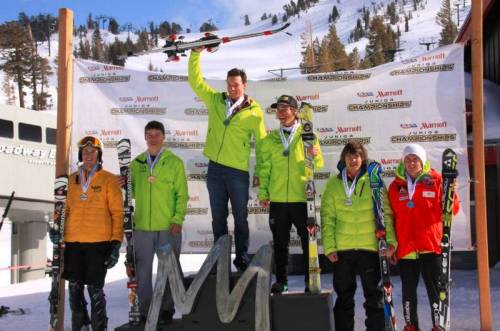Timely diagnosis of lower extremity infections is essential to providing effective treatment and preventing complications. Accordingly, these authors discuss the roles of various imaging modalities ranging from plain radiographs and nuclear imaging to computed tomography, magnetic resonance imaging and positron emission tomography.
The clinical presentation of infection can range from signs and symptoms that are obvious and easily confirmed to ones that are elusive and cause much consternation. Confronted with the challenge of diagnosing difficult infections, podiatrists must understand that time is of the essence.
The ability to identify an infectious process and initiate early intervention will lead to preferred outcomes relative to patient care. The failure to identify infection may lead to further tissue destruction, the spread of infection and possible loss of limb and life. In our litigious society, the inability or delay to properly identify infection has also served as the basis of malpractice cases.
The use of plain film radiography is the first line of imaging in virtually every clinical scenario for podiatrists. This modality is readily available in most offices and is inexpensive as well as efficient at providing much data in the assessment for infection.
Physicians often question the timing of obtaining radiographs when it comes to assessing an infectious situation. One should always take radiographs initially if there is an index of suspicion that there is a gas producing organism or a deep infection where you suspect bone involvement. Physicians should consider radiographs in cases in which the patient is not responding to treatment or the situation is deteriorating clinically.
Baseline radiographs of diabetic patients with ulcerations may prove useful as they will confirm the absence of infection as well as provide comparisons should infection persist. However, it is not mandatory to take radiographs in cases of superficial infection. In these cases, the radiograph will provide little if any additional information beyond what you see clinically.
The use of digital radiographs (CR and DR) can greatly assist your evaluation for the potential of an infectious process. The ability to magnify, use negative imaging mode and adjust for radiographic contrast are options that are not available with standard plain film radiography.
Source: PodiatryToday.com http://www.podiatrytoday.com/current-insights-imaging-techniques-diagnosing-infection











